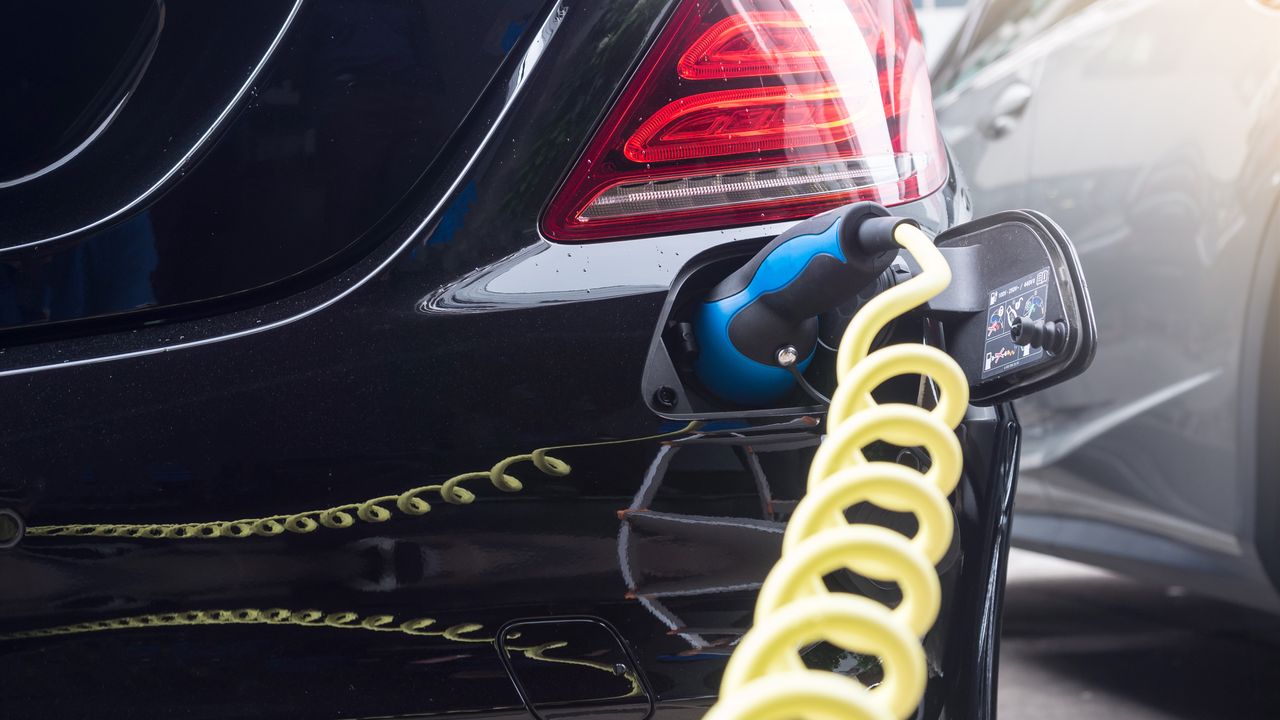Electric Vehicle Charging at Home: Options and Considerations
As electric vehicles (EVs) become increasingly popular, more and more people are considering charging their vehicles at home. Home charging offers convenience and flexibility, allowing EV owners to conveniently charge their vehicles overnight or whenever it is most convenient for them. However, there are several important factors to consider when it comes to home charging safety, charging installation, and home energy management.
Home Charging Safety
When it comes to home charging safety, it is crucial to ensure that the charging equipment and installation meet the necessary safety standards. It is recommended to hire a licensed electrician to install the charging equipment, as they have the expertise to ensure a safe and compliant installation.
One important consideration is the capacity of your home’s electrical system. Depending on the charging equipment you choose, it may require a dedicated circuit or even an electrical panel upgrade. It is essential to have an electrician assess your home’s electrical capacity to ensure it can handle the additional load of charging an electric vehicle.
Additionally, it is important to follow the manufacturer’s instructions for the charging equipment and use only compatible charging cables and connectors. Regularly inspecting the charging equipment for any signs of damage or wear is also recommended to maintain safety.
Charging Installation
Choosing the right charging equipment and its installation is another crucial aspect of home EV charging. There are various options available, including Level 1 and Level 2 chargers.
Level 1 chargers use a standard 120-volt household outlet and typically provide a charging rate of around 4-5 miles of range per hour. This option is suitable for those with shorter daily commutes or access to public charging stations for additional charging needs.
Level 2 chargers, on the other hand, require a 240-volt circuit and offer faster charging speeds, typically providing around 25-30 miles of range per hour. These chargers are recommended for EV owners who require more frequent and faster charging, such as those with longer commutes or multiple vehicles.
When installing a Level 2 charger, it is important to consider the location and accessibility. The charger should be installed in a convenient location, preferably near the parking spot or garage, with proper protection from the elements.
Home Energy Management
Home energy management is an essential consideration when it comes to EV charging at home. Charging an electric vehicle can significantly increase your home’s energy consumption, so it is important to understand and manage your energy usage effectively.
One option is to take advantage of time-of-use (TOU) rates offered by utility companies. TOU rates provide different electricity prices based on the time of day, allowing you to schedule your charging during off-peak hours when electricity rates are lower. This can help reduce your overall charging costs.
Another option is to consider installing a home energy management system. These systems allow you to monitor and control your home’s energy usage, including EV charging, to optimize efficiency and reduce costs. Some systems even offer smart charging features that automatically adjust charging times based on electricity prices or the availability of renewable energy.
By effectively managing your home’s energy usage, you can not only reduce your charging costs but also contribute to a more sustainable energy future.
Conclusion
Electric vehicle charging at home offers convenience and flexibility, but it is essential to prioritize safety, choose the right charging equipment and installation, and effectively manage your home’s energy usage. By considering these factors, you can enjoy the benefits of home charging while ensuring a safe and efficient charging experience for your electric vehicle.
